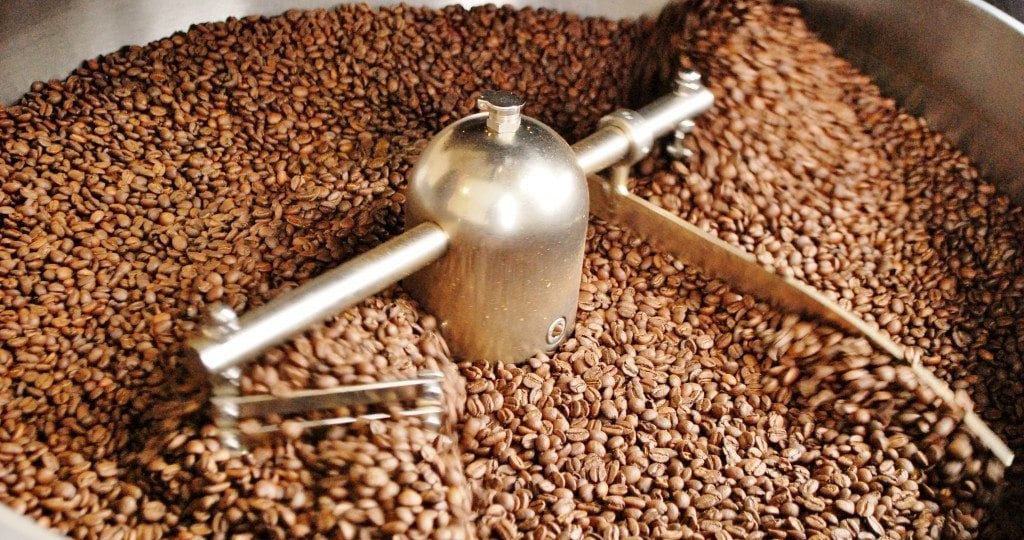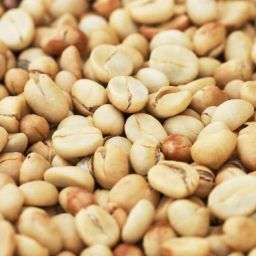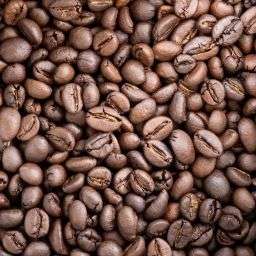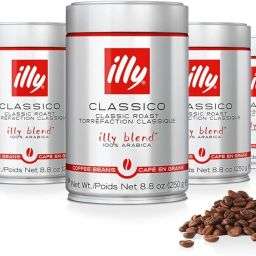
The essence of a great cup of coffee lies significantly in the freshness of its beans. Freshly roasted coffee beans are paramount for achieving a rich and robust flavor profile. Over time, coffee beans degrade, losing their complex aromas and distinctive tastes that enthusiasts cherish. This degradation is not arbitrary but influenced by a myriad of factors that interact in complex ways to affect the shelf life of coffee beans.
What Affects the Freshness of Roasted Coffee Beans?
The way coffee beans are stored plays a pivotal role in maintaining their freshness. Exposure to air, light, moisture, and temperature variations can precipitate the beans’ deterioration. Air and oxygen catalyze the oxidation process, leading to staleness.
Light, particularly direct sunlight, can degrade the beans’ chemical composition, altering their flavor. Moisture initiates the growth of mold and mildew, while temperature fluctuations can cause condensation, further affecting the beans’ quality.
Impact of Coffee Bean Type and Roast Level
The type of coffee bean and its roast level significantly influence its shelf life and freshness. Different beans have varying densities and moisture contents, affecting how they store and age. Lightly roasted beans, for instance, tend to retain more moisture and are denser than their darker counterparts, potentially impacting their longevity.
Dark roasts, while having less moisture, may oxidize more quickly due to their increased porosity, leading to a faster loss of flavor. These factors underscore the importance of understanding bean characteristics and roast profiles in managing coffee freshness.
Optimal Storage Solutions for Roasted Coffee Beans
To maintain the freshness and flavor of roasted coffee beans, storing them in airtight containers in cool, dark places is essential. Oxygen, light, and moisture are the main enemies of coffee freshness, causing oxidation and degradation of the beans’ complex flavors. Airtight containers minimize the beans’ exposure to air, preserving their quality over time.
Moreover, storing coffee in a cool, dark environment, like a pantry or cupboard, protects it from the harmful effects of light and heat, which can accelerate the loss of aroma and taste.
Nitrogen flushing and vacuum packaging are advanced methods that further extend the shelf life of roasted coffee beans. Nitrogen is an inert gas that displaces oxygen in the packaging, significantly reducing the oxidation rate. Vacuum packaging removes air from the bag, minimizing the coffee’s exposure to oxygen. Both methods are effective in preserving the beans’ freshness for a longer period.
The Science of Coffee Degassing
After roasting, coffee beans release gases, primarily carbon dioxide, in a process known as degassing. This release is crucial for the coffee’s quality because it affects the beans’ flavor when brewed. Freshly roasted coffee needs to degas before it is sealed in packaging to ensure the best taste.
The degassing process is also why freshly roasted beans are often packed in bags with one-way valves, allowing gases to escape without letting air in. Understanding and managing the degassing process is key to maintaining the coffee’s optimal flavor profile.
Shelf Life of Roasted vs. Green Coffee Beans
The shelf life of coffee beans varies significantly between roasted and green beans. Roasted beans, due to their exposure to heat and the start of the degassing process, have a shorter shelf life compared to green beans. Typically, roasted beans are best used within weeks of roasting to ensure peak flavor.
In contrast, green beans, which have not undergone the roasting process, can maintain their quality for up to a year when stored properly. The storage methods for each type also differ; roasted beans require airtight containers to protect them from oxygen and moisture, whereas green beans need a cool, dry environment to prevent spoilage.
Freezing is a controversial yet effective method for extending the shelf life of both green and roasted coffee beans. For roasted beans, freezing in small, airtight batches can preserve freshness for several months. Green beans also benefit from freezing, as it slows down the aging process, allowing for longer-term storage.
However, it’s crucial to avoid condensation and moisture, which can ruin the beans upon defrosting. Proper packaging and handling are essential to make freezing a viable option for coffee storage.
How to Tell if Your Coffee Beans Have Gone Bad
Identifying stale or spoiled coffee beans is essential to avoid a compromised cup of coffee. Key signs include a noticeable loss of aroma; fresh coffee beans should emit a strong, pleasant smell. If your beans lack this, they may have gone stale.
Additionally, beans that appear dull and have lost their oily sheen could also indicate staleness. In more extreme cases, the presence of mold or an off-putting smell signals that the coffee beans have spoiled and should not be used.
FAQs
Can you freeze coffee beans?
Yes, freezing coffee beans can extend their shelf life by several months. However, it’s crucial to store them in airtight, moisture-proof containers to prevent freezer burn and moisture absorption. Freezing is best for whole beans, as ground coffee can lose flavor more quickly even when frozen.
Does the type of container affect coffee freshness?
Absolutely. Coffee beans should be stored in opaque, airtight containers to protect them from air, light, and moisture, which can all degrade the beans’ quality. Containers made from materials like ceramic, glass, or metal with airtight seals are preferred.
How does grinding affect coffee bean freshness?
Grinding coffee increases its surface area, exposing more of it to oxygen and accelerating the oxidation process. Thus, coffee begins to lose its freshness almost immediately after grinding. For the best flavor, grind coffee beans just before brewing.
Final Thoughts
Maintaining the freshness of coffee beans is a key component of enjoying a flavorful cup of coffee. Proper storage in airtight, opaque containers, understanding the signs of spoilage, and handling beans correctly can significantly extend their shelf life.
Freezing beans is a viable option for long-term preservation, but it’s crucial to use proper containers to avoid moisture issues. Grinding beans immediately before brewing ensures the freshest taste, highlighting the importance of managing coffee beans correctly from storage to cup.









